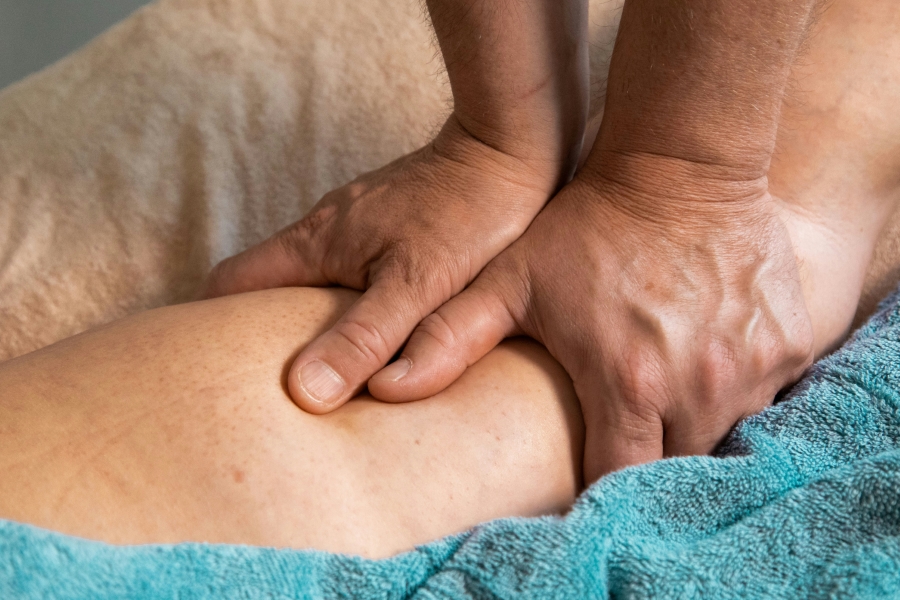
Hip replacement surgery offers hope for people dealing with long-lasting hip pain and difficulty moving around.
This detailed procedure swaps a worn-out hip joint with an artificial one to make life better and more enjoyable.
People choose a hip replacement for arthritis, fractures, and other serious problems.
As we explore the different parts of this journey, it’s crucial to give people helpful information, answer their worries, and encourage positive thinking.
Pre-operative phase
Consultation with a healthcare professional
Starting the journey to hip replacement involves talking to a healthcare professional. This is super important because it helps people understand their health issues, discuss treatment choices, and make smart decisions. This step is like the beginning of the whole process.
Mental and physical preparation for hip replacement
Getting ready for hip surgery is a big deal. People are told to prepare their minds by knowing what good things and challenges might come with the surgery. Being mentally ready helps a lot in getting better after the surgery. They must also prepare their bodies by exercising and making healthy lifestyle changes.
Medical tests and evaluations
After the talk with the healthcare professional, the next step is to do tests to learn more about the person’s health. Blood tests and other checks help the healthcare team understand if the person is ready for the surgery. These tests guide the team in planning the surgery based on the person’s needs.
Lifestyle adjustments
Before the surgery, it’s important to change how a person lives. This can include eating healthy food and doing the right exercises. These changes are not just for feeling good but also to help the body handle the upcoming surgery better.
Surgery Details

The most important part of the whole process is the surgery itself. People need to understand how hip replacement works to feel more at ease. In this surgery, the damaged joint is taken out, and an artificial one is put in its place.
There are two common types of hip replacement surgeries: total hip replacement, where both the ball and socket of the hip joint are replaced, and minimally invasive techniques, which use smaller cuts for less damage and a faster recovery.
Ensuring the patient is comfortable during surgery is a big deal, and the type of anesthesia used plays a big part. Learning about these options and what to expect during surgery is vital to getting ready for it.
Even though hip replacement surgery is usually safe, it’s important to know about possible risks and complications so that individuals can understand how the procedure might be a bit complicated.
Recovery and rehabilitation from hip replacement
Immediate care after surgery
Right after the surgery, taking good care of yourself is really important. Doctors use pain management methods, like medicine and other methods, to ensure you feel better. They want to minimize discomfort and ensure you’re doing well overall.
Physical therapy and exercises
Doctors suggest exercises with a physical therapist to help your hip joint move again. Doing these exercises is a big part of getting stronger and more mobile.
Recovery duration and plan
How fast you get better depends on different things, like how healthy you are and if you follow the exercises the doctors give you. An exercise plan that fits your needs is essential for the best results. Doctors suggest certain foods to help your body heal during this important time.
Life after hip replacement

Looking forward to life after hip replacement at a private medical clinic gives hope for better movement and life. Dr. Christian Baker, our contact from Calgary, with whom we made a short interview for the purpose of this article, informed us that it is essential to understand what care is needed in the long term. “It is crucial”, he says “to go to follow-up appointments with doctors to check progress and fix any issues quickly”.
In fact, follow-up after surgery is linked with an increased life expectancy, according to a study published in Acta Ortopedica Brasiliera.
Changing how you live becomes a big part of daily life, focusing on keeping your joints healthy through the right exercises, eating well, and overall wellness habits.
Talking about common worries and clearing up wrong ideas about hip replacement is crucial for people to feel good about their new life chances. Many patients need help with what they can do after surgery. Still, with the right information and help, most do even better than expected in moving around and doing everyday things.
Holistic understanding of hip replacement surgery
To sum up, choosing to have hip replacement surgery starts a journey to a life with better movement and less pain.
This guide has covered what happens before, during, and after the surgery, discussing important parts of the process.
By having a positive and active mindset, people can go into the surgery feeling sure they are making a big move toward returning to their good life. With the help of healthcare pros, loved ones, and the info in this guide, people can go through this journey with strength, hope, and a fresh feeling of energy.